Porridge: what it is and why it is good for us
I admit, I am a fan of porridge , that is the oatmeal of mainly Scottish, Russian, African and American tradition, which is usually enjoyed for breakfast in a sweet or savory version, but also as a daily meal or after a meal.
Porridge is made by cooking oat flakes in water or milk and is a very healthy ancient dish.
I am convinced that it is one of the best breakfasts you can have in the morning, and in this article I will explain how to prepare it in the basic version, you will find many recipes and you will discover all the nutritional benefits.
PORRIDGE WHAT IT IS AND HOW IT IS PREPARED
As I have already said, porridge is a dish of ancient origins, which is part of the culinary tradition of many countries and is not a new recipe although it is back in fashion today. One of the things to know is that porridge can be prepared in the most disparate ways and that it is well prepared is a dish that everyone likes. This even if the appearance, being a “jelly”, is certainly not as inviting as a piece of cake. However it can be delicious.
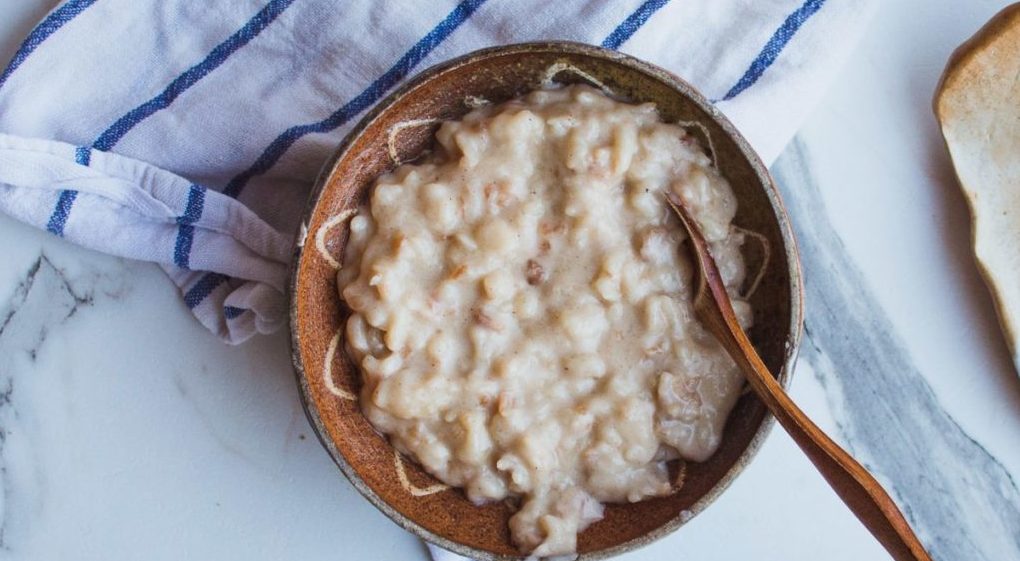
The tricks to have a good porridge are in fact the following.
-
-
First of all, even if we prepare the porridge in the sweet version, the liquid in which we decide to cook the oats always requires a pinch of salt … and woe to not put it in it.
That pinch of salt immediately improves the flavor of the boiled cereal, otherwise, even if we sweeten the porridge, the taste will always be indipid and unbalanced.
-
The second fundamental rule is to understand how much water to put in relation to the cereal.
The proportions of the traditional recipe provide about 50-60 ml of liquid for every 10 grams of oats. If you want a more full-bodied version, you will use 50 ml of liquid for every 10 grams of oat flakes, if you want it less dense, from 60 up to 65 ml of liquid. So, if we decide to use 30 grams of oats, we should use at least one and a half glasses of liquid.
-
The third rule is that it would be better to opt for half water and half milk and not just water.
In this way the porridge takes on a creamy and velvety consistency. The best thing is to use only milk if we want to do it in the sweet version.
Which milk to use? We can use skimmed milk, delactosed, vegetable drink such as almond, rice, soy, coconut milk to drink. It is clear that if I do not want it sweetened, I will have to make sure that my vegetable milk has no added sugars. Once you understand these rules, the process goes without saying. You choose how many oat flakes to use and based on the weight, you add water and milk or just milk. Bring everything to the boil together, stirring often. Gradually the flakes will fall apart, releasing starch into the liquid, and the result will be a cream of cereal.
Then, after a couple of minutes from the boil in which a thick cream will form, always stirring, you have to remove the oatmeal from the heat.
The best oat flakes for porridge are the “mignon” ones: the bigger the flakes, the longer it will take them to fall apart.
Instead of flakes, we can use oatmeal, but you need to know the following.
With oatmeal, it is best to opt for 50ml of liquid for every 10 grams, as it will take less time to combine. Also, oatmeal can have the drawback of a bitter aftertaste. The flakes no. This is because oatmeal is very delicate and tends to deteriorate. -
At this point we must decide to personalize our porridge.
For breakfast, I recommend not to exceed 40 grams.
Using only skim milk or plant-based milk, our basic porridge will have around 235 calories. With half water and half milk the calories drop to about 200.
We can customize it with a teaspoon of raw honey and a sprinkling of cinnamon if we want it sweet (reaching about 265 calories) or in the salty version, eat it as it is in addition to a scrambled egg on top or a spoonful of cheese such as stracchino or robiola.
Another tasty idea is to make a thicker porridge, reducing the water to 40 or 50 ml every 10 grams of flakes, let it cool and add it to a jar of Vitasnella or Greek type yogurt.
Finally, we can add fruit to the porridge, which we can boil in pieces with water and flakes (for example apple, pear) or add raw at the end, after having extinguished it on the fire: this is the case of blueberries, strawberries, banana pieces.
Finally, we can avoid honey and use the sweetener: stevia is ideal.
Finally, on the market there are flavored oat flours and generally sweetened with sucralose.
I don’t love them, but if you are looking for something ready and digestible without sucralose, then this product is perfect, with vanilla and chocolate flavors. Anyone who tries it let me know, it is a very good oatmeal, gluten-free and natural.
NATRULY Flavored Oat Flour 2 Flavors, Organic Oat Powder Sugar Free, Gluten Free, 2x500g
At the end of the article you will find many recipes.
-
PORRIDGE: HEALTH BENEFITS
Porridge is a very healthy dish and is perfect for those who want to lose weight. Let’s see why.
-
It has a modest glycemic load, if we use milk we further reduce it, reaching a glycemic index of 42 and a much lower load.
And if we do it from the night before and just heat it up the next morning, the glycemic index is further lowered.
-
Another big advantage is its satiety index.
The porridge, in the doses I have suggested, will fill you up until lunch.
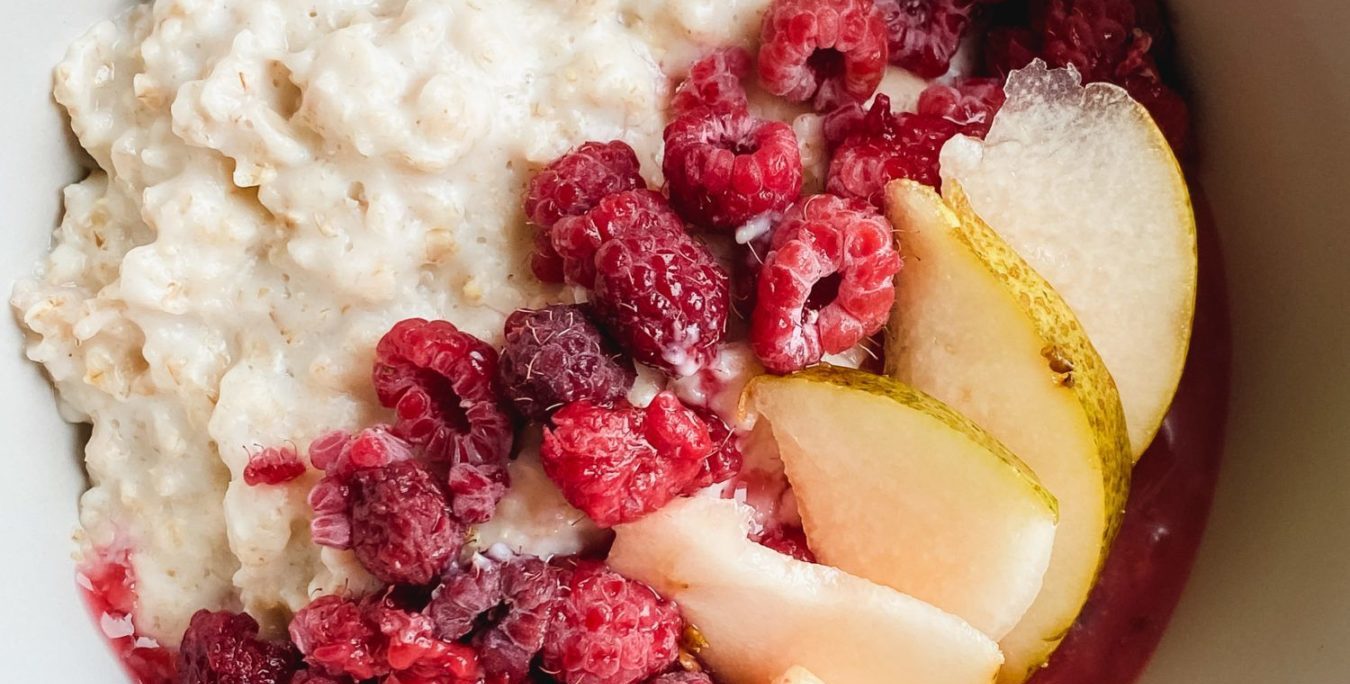
If you add half a banana, some cold yogurt, some oil seeds or something else, it is almost difficult to finish it all. -
Porridge fights water retention and promotes regularity.
-
Unlike many carbohydrates it does not cause fermentation, and therefore is ideal for those suffering from intestinal problems or constipation.
Clearly, if we use flavored flours, the discussion on digestion can change: many people are sensitive to sucralose and artificial flavors. For this reason above I have recommended a safe product for those like me who are sensitive.
-
The viscous fibers of oats are ideal for being more regular in the bathroom and therefore have the effect of “flattening” the belly.
-
Oat flakes lower cholesterol, thanks to their beta-glucan content and fiber.
They reduce the risk of colorectal and digestive diseases and help feed the healthy microbiota – the good bacteria.
-
Finally, porridge is cheap.
If you buy organic oat flakes, a half kilo bag will last you up to twelve days at the cost of two euros. With two euros you don’t buy snacks for twelve days, and in large part not even biscuits. In Britain, rolled oats for porridge cost as little as 70 cents. And there are totally gluten-free variants on the market.
Now that porridge has no more secrets for you, here are some recipes that will win you over.Tea porridge with antioxidant action.
Porridge with cold preparation or overnight.
Vegan cocoa porridge.
Vanilla protein oat cream.
Substitute meal with cocoa and oats.
Almonds + Blueberries / Coconut / Cold Protein.













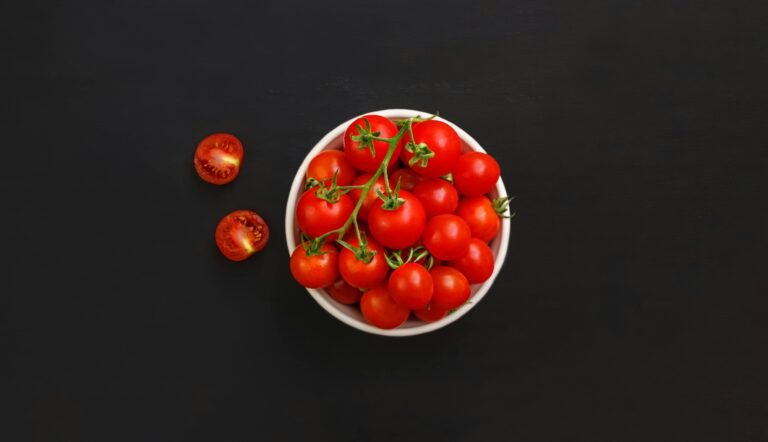
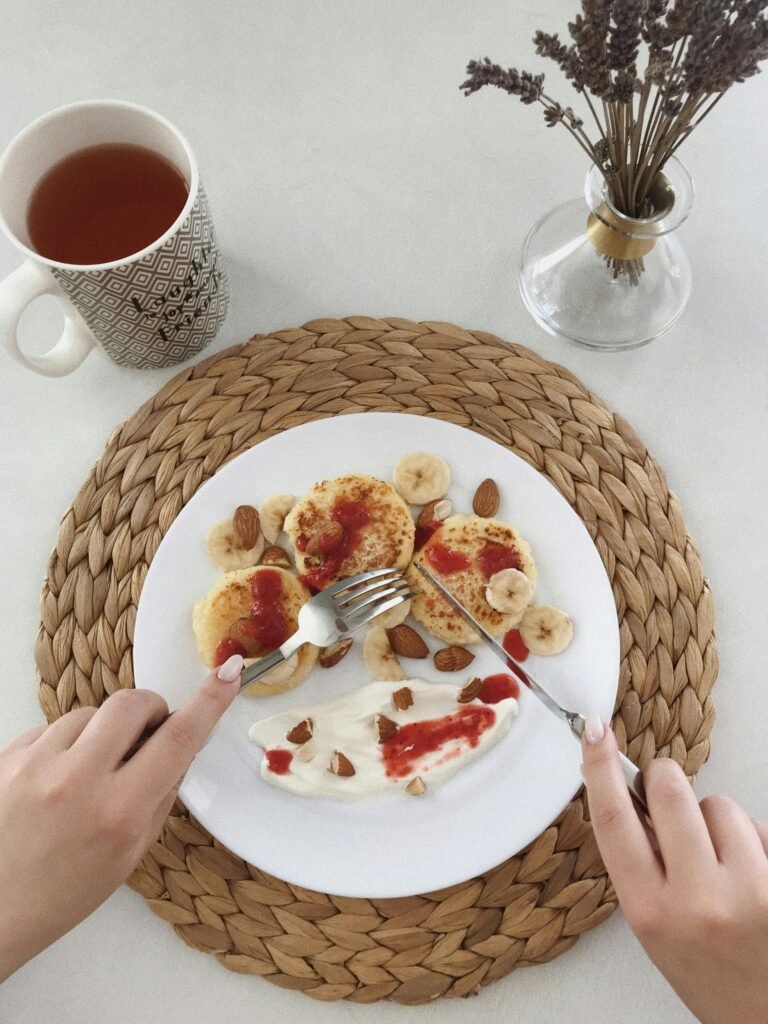

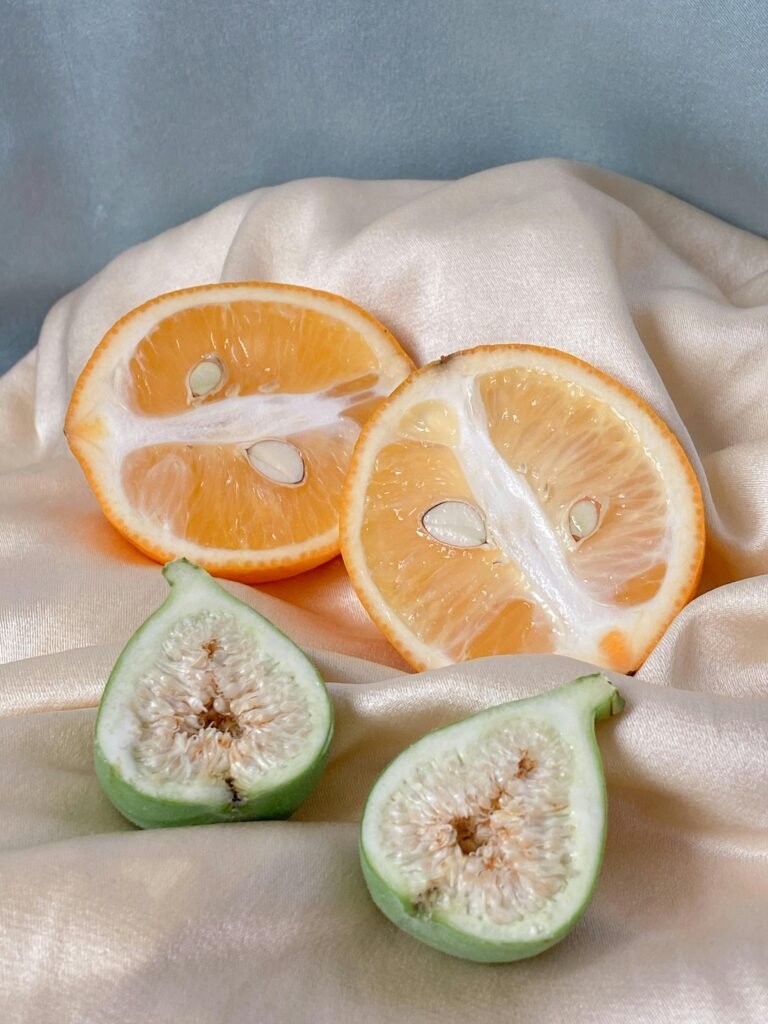
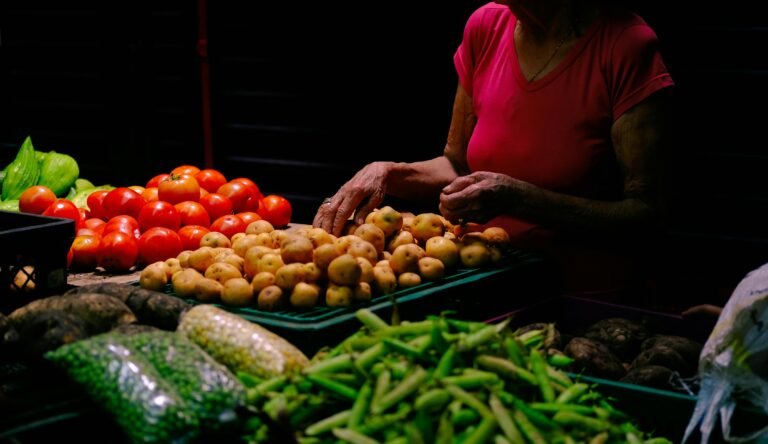











+ There are no comments
Add yours